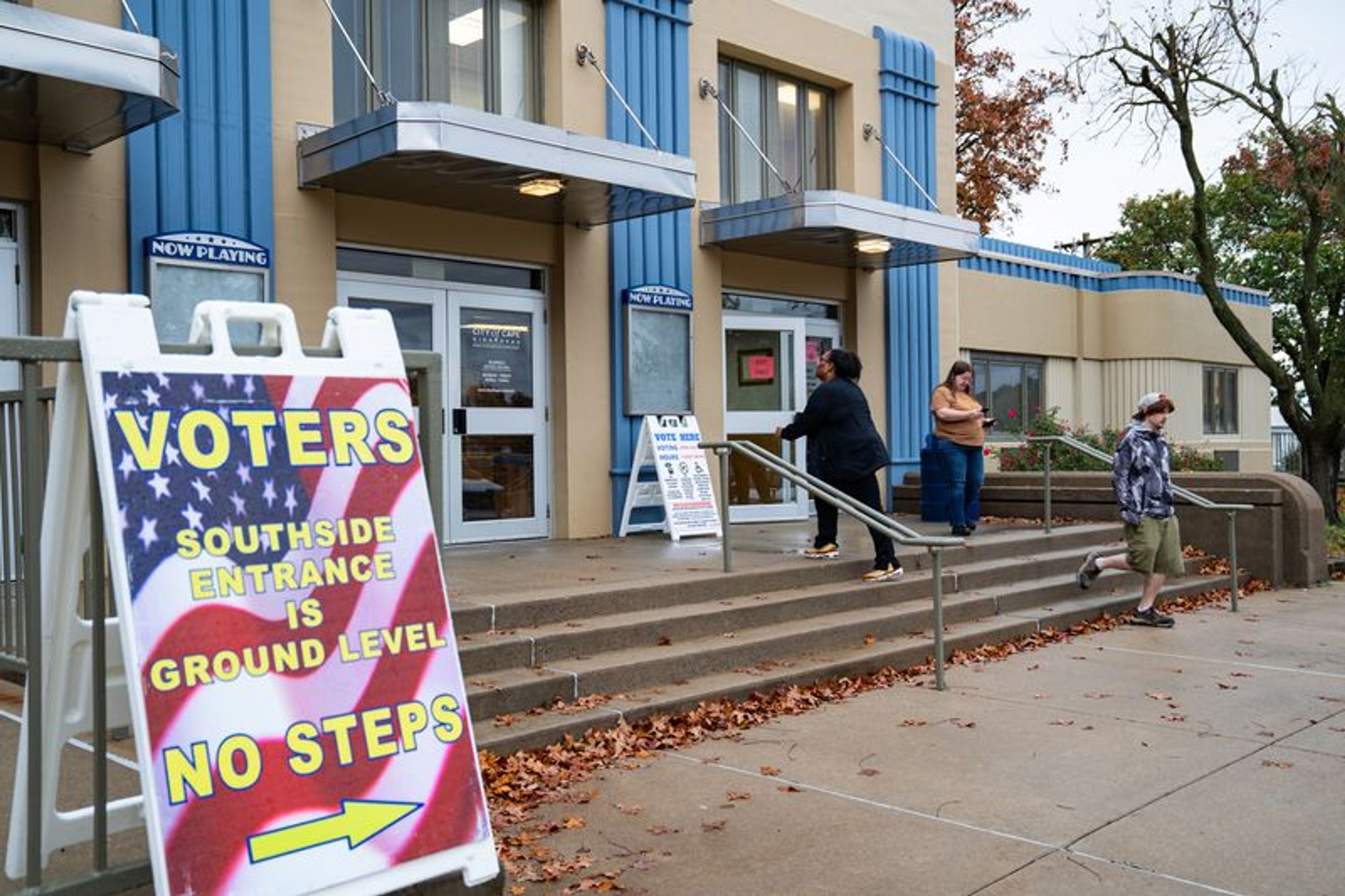Let's take the 'fear' out of the fertilizer-pollution debate
By Carl Todt Jr. As a farmer who produces corn, wheat and soybeans, I need to respond to the article "Missouri corn boom threatens to expand 'dead zone' in Gulf of Mexico." Yes, nitrogen fertilizer is used to grow corn. Nitrogen also is required for the production of soybeans and alfalfa. The difference is that soybeans and alfalfa produce their own nitrogen, some of which can also go into stream and rivers if erosion occurs...
By Carl Todt Jr.
As a farmer who produces corn, wheat and soybeans, I need to respond to the article "Missouri corn boom threatens to expand 'dead zone' in Gulf of Mexico."
Yes, nitrogen fertilizer is used to grow corn. Nitrogen also is required for the production of soybeans and alfalfa. The difference is that soybeans and alfalfa produce their own nitrogen, some of which can also go into stream and rivers if erosion occurs.
With no-till planting, variable-rate fertilizer application, fertilizer stabilizers and many other modern farming practices, farmers are reducing the amount of nutrients that enter our waterways.
The fact is that with the exception of land cost, fertilizer is the most expensive crop input. We cannot afford to waste it.
Last February I purchased 32 percent nitrogen solution for $225 a ton. Last week I purchased 32 percent nitrogen solution for $336 a ton. I think it will be higher by spring. For these reasons, farmers are producing larger yields with less fertilizer per bushel than at any tie in our past.
I also have some questions about other statements in the article.
Henry C. Jackson writes, "This year, it [the dead zone] is the third-biggest on record." How did the fact that we have had two rather calm years after the hurricane season of 2005 affect this? How does the harvest of shrimp and crab affect their sustainability?
I don't want to make this a farm-against-suburbia issue, because it's not. We all need to work to improve our environment. How much has the acres of houses, city parks and gold courses increased in the past 20 years? We could even make this a farmer-against-farmer issue, crops against livestock, but again that is not the solution.
How come I don't read my articles about how the Environmental Working Group and the Natural Resources Defense Council "fear" the application of nitrogen to lawns and golf courses? Or "fear" subdivision rules that force homeowners to apply irrigation water, fertilizer and herbicides so the lawns all look pretty? What is these not-for-profit groups spent some of the millions of dollars they raise by this "fear" to pay a farmer a fair rent to leave a border along a stream instead of demanding, through legions of attorneys, that government solve everyone's problems? Take a look at the boards of either of the aforementioned groups, and then ask why litigation seems to be their first course of action. One billed hour of times from just one of these attorneys could rent a few acres along a stream.
Finally, farmers are working with the National Resource Conservation Service, a government agency, on programs that improve our land and water resources. Our water is better than it was 20 years ago because of these programs.
I live on this land. It is where I make a living. I also like a few grilled shrimp every once in a while. I think the shrimpers might also like a few vegetables to go with a steak from time to time.
Maybe even some biodiesel to power their boats? Solutions can be found for some things if we take the "fear" out of the equation and work toward a common goal.
Carl Todt Jr. of Sikeston, Mo., is a farmer.
Connect with the Southeast Missourian Newsroom:
For corrections to this story or other insights for the editor, click here. To submit a letter to the editor, click here. To learn about the Southeast Missourian’s AI Policy, click here.








